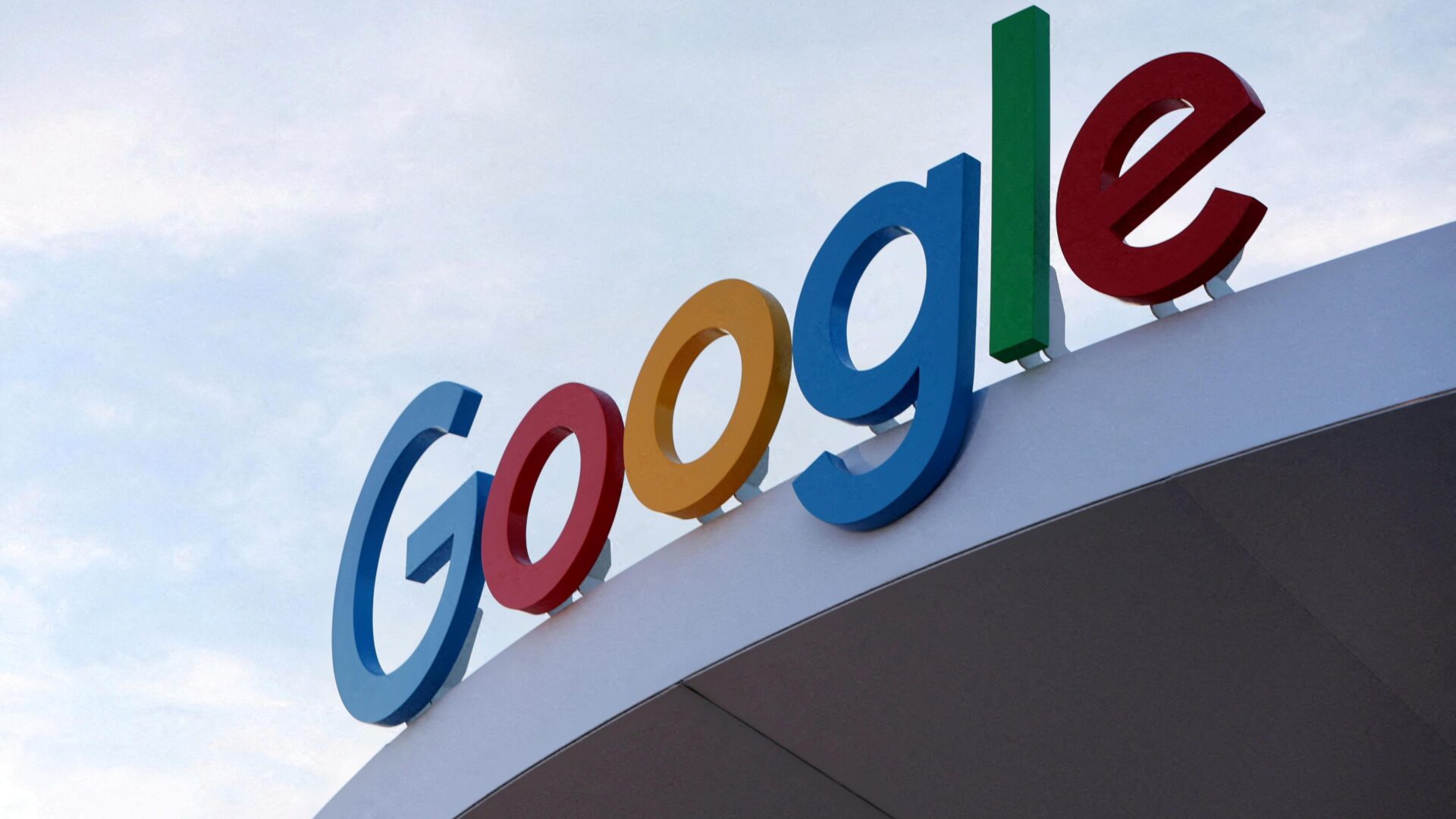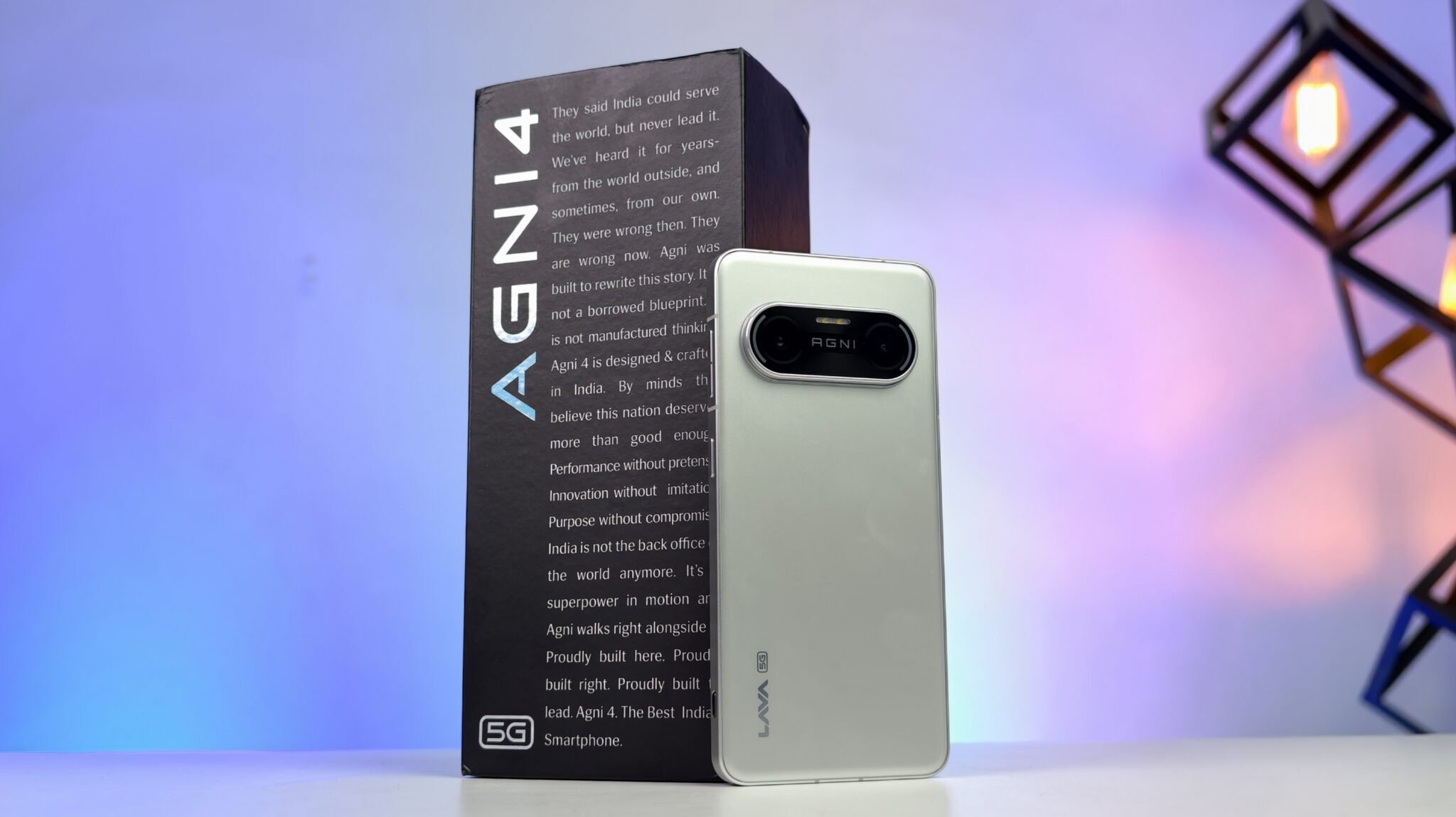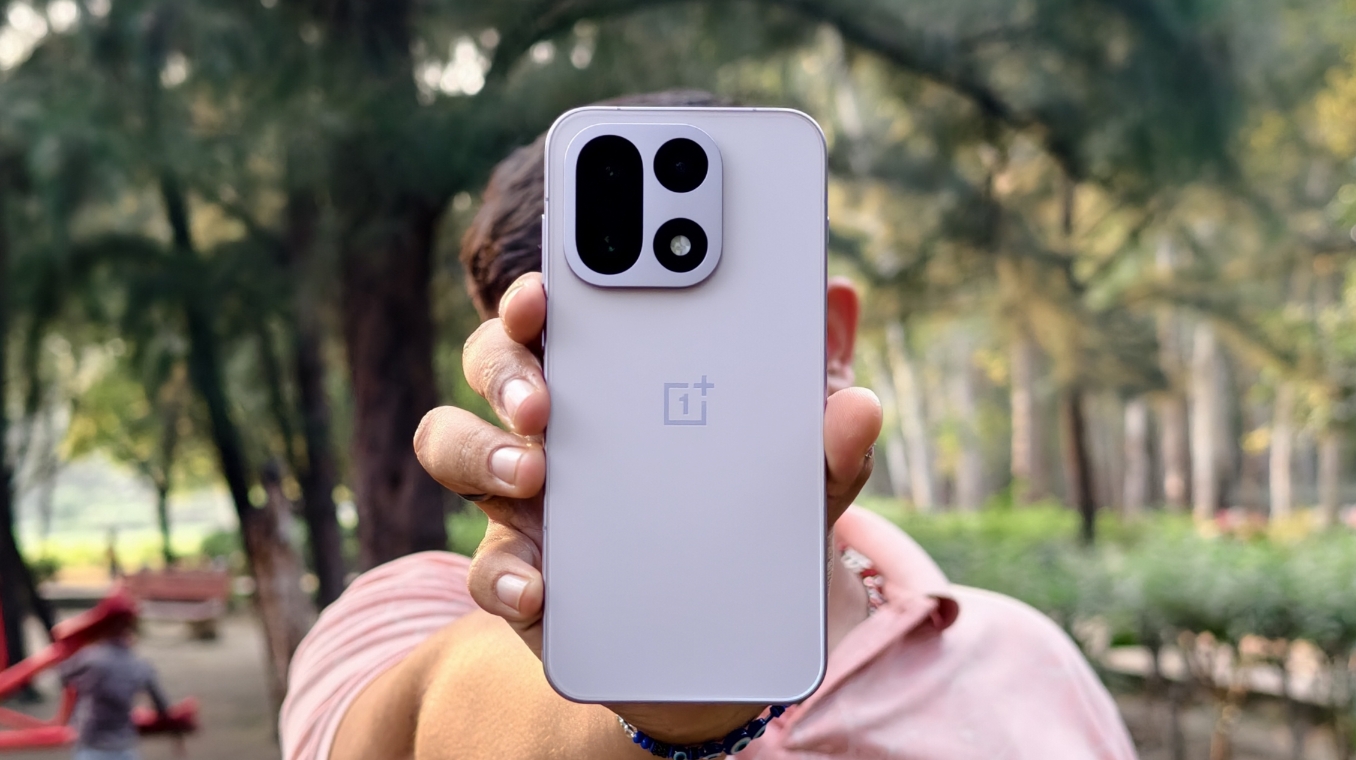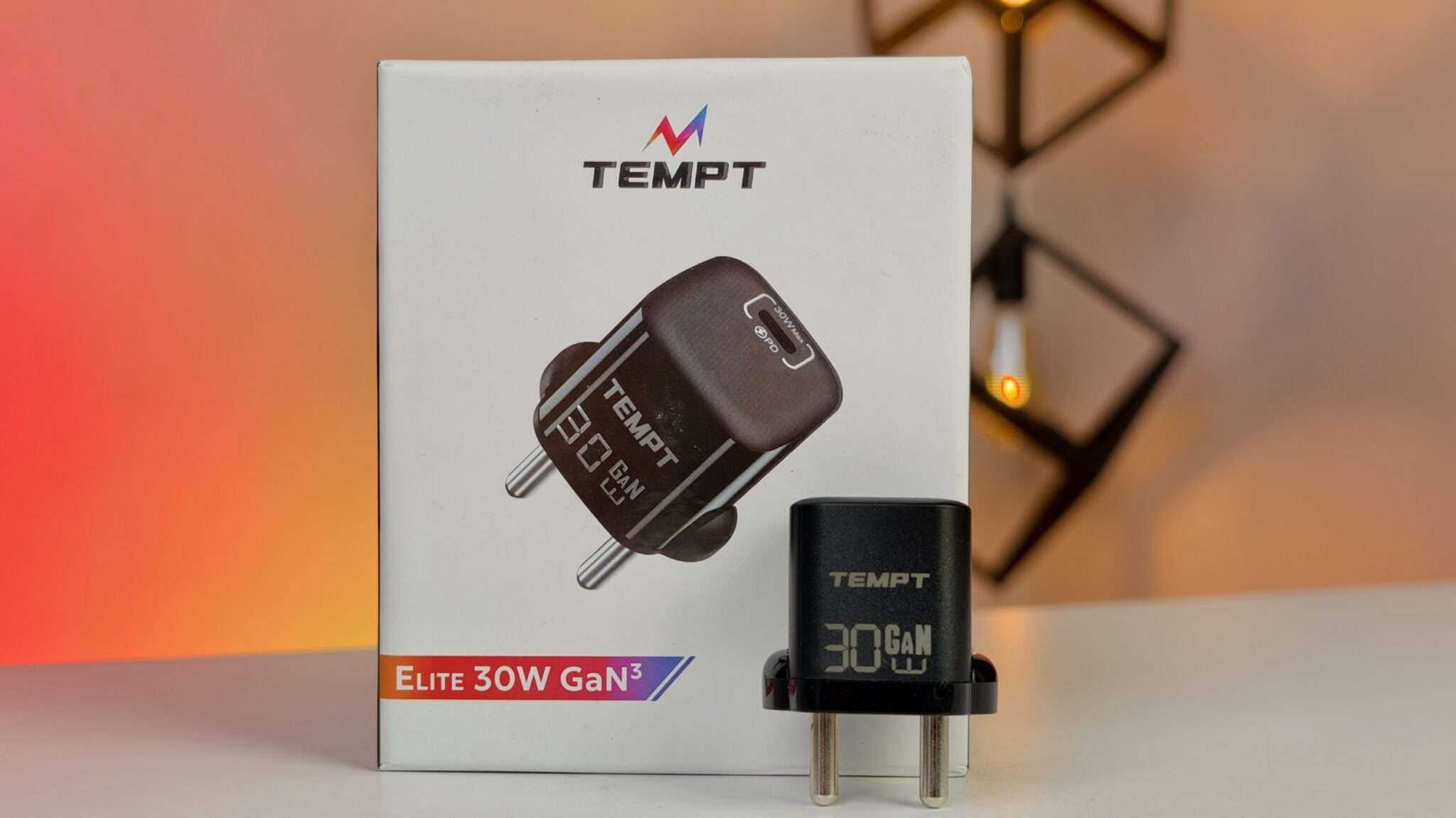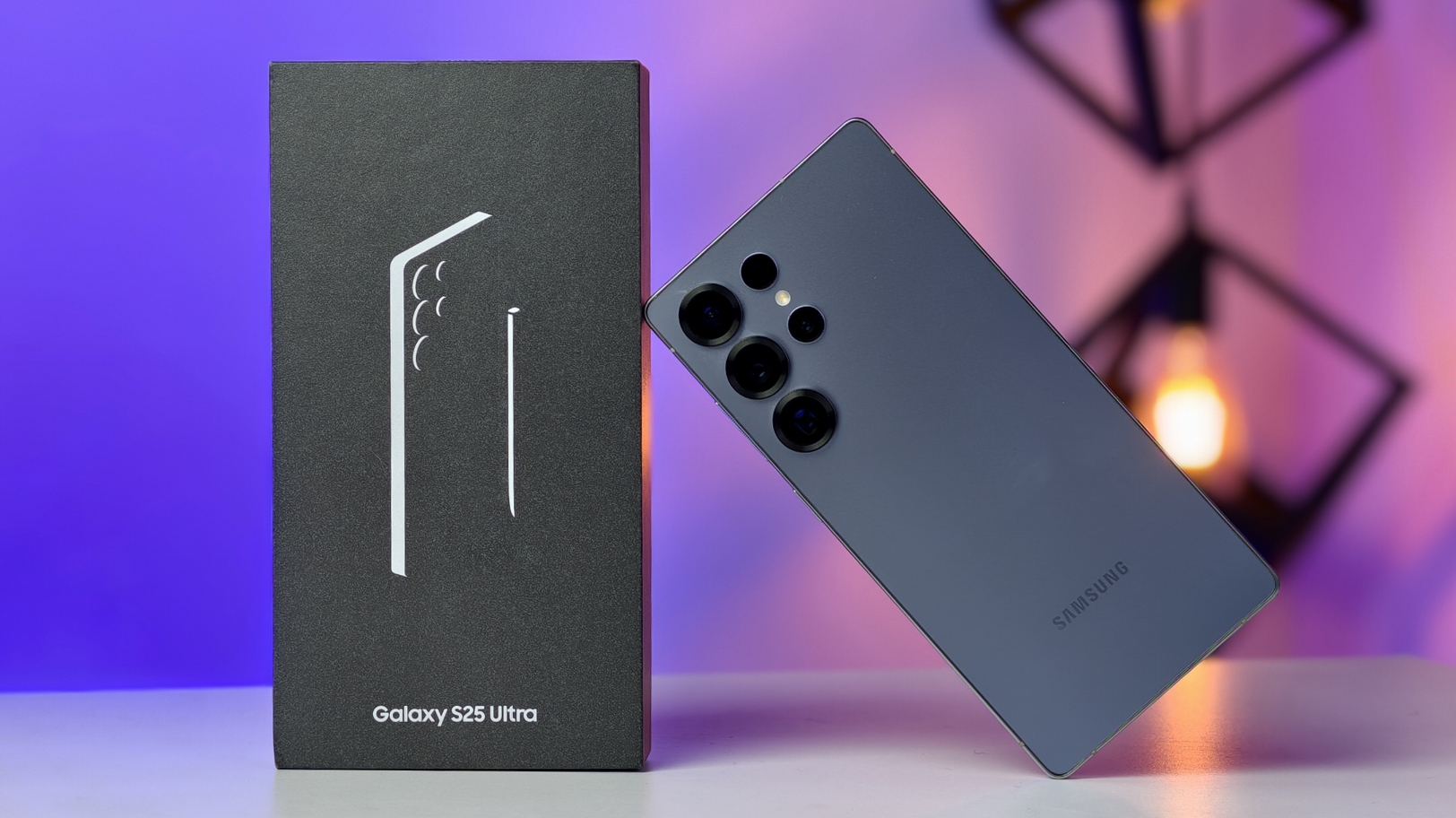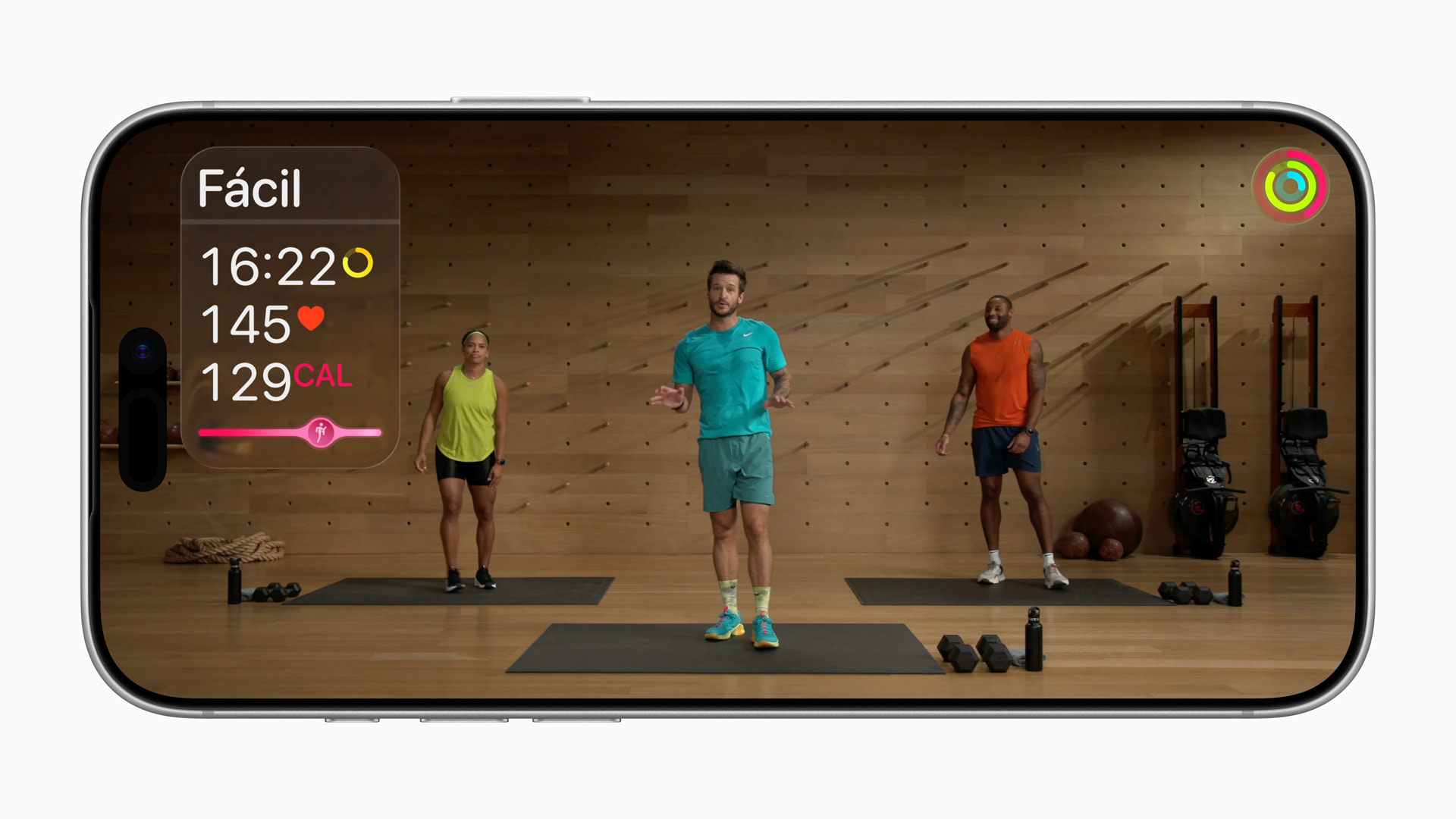Google Photos, the go-to app for storing and managing digital memories, is getting a major upgrade with a redesigned, AI-powered photo editor. This comes as the service marks its 10th anniversary—a fitting moment to rethink how it helps users enhance their pictures. The update aims to make photo editing simpler and faster for everyone, not just Pixel phone owners, by bringing some of those once-exclusive features to all Google Photos users.
The new editor features a cleaner, more streamlined layout. Now, all your editing tools live in one menu. You can tap on specific areas of a photo—like the background or a subject—and the AI will suggest tailored improvements for just that part. So, instead of fiddling endlessly with sliders, you get quick, AI-powered fixes that actually work. It’s designed to save time and hassle, letting you focus on enjoying the final shot.
Bringing Advanced AI to Everyone
Up until now, some of the coolest AI editing tricks—Magic Editor, Magic Eraser, Photo Unblur, Portrait Light—were mostly limited to Pixel phones. But Google is now opening these features to everyone on Google Photos, no subscription required. This feels like a real effort to democratize professional-level photo editing.
Here’s a quick look at what’s now more widely available:
- Magic Editor: This one lets you move, resize, or remove subjects and objects in your photo. You can even change backgrounds. Say you have a picture that’s a bit off-center; Magic Editor can reframe it or extend the edges realistically if the background’s cropped. It uses generative AI to fill in the blanks after you shift or remove something.
- Reimagine: A part of Magic Editor, it’s basically a scene transformer. Want to turn a cloudy sky sunny? Or change parts of a landscape just by typing a description? That’s what this tool does.
- Auto Frame: It helps automatically crop images for better composition. Plus, if your original photo is a bit tight, Auto Frame can extend the background with realistic details, giving you a bit more breathing room in the frame.
- AI Enhance: This combines several effects—like sharpening or object removal—and creates three different edits for you to choose from with a single tap.
- Magic Eraser: Already popular for removing distractions like people or objects in the background, especially on landscapes. It’s great for quick fixes, though for trickier removals, Magic Editor’s generative AI often does a better job filling the space naturally.
- Photo Unblur: A handy tool that sharpens blurry photos, bringing back lost details.
- Portrait Light: This lets you adjust lighting on portraits—changing the position and brightness of light on your subject, either manually or automatically.
A Decade of Evolution
Since launching in 2015, Google Photos has grown impressively, now serving over 1.5 billion users each month and storing more than nine trillion photos and videos. Its evolution has leaned heavily on AI—think automatic sorting, facial recognition, and smart albums. This latest update is another step in Google’s ongoing mission to make managing and improving your digital memories easier through technology.
The new photo editor is already rolling out. Android users with version 8 or newer will start seeing it in June 2025, and iOS users can expect the update later in the year.
Smarter Sharing with QR Codes
Google Photos isn’t just focusing on editing. Sharing is getting a boost too. Now, you can create a QR code for an album. Anyone nearby or sent the code digitally can scan it to view or even add photos to the shared album. This is especially handy for group events or family gatherings, cutting out the hassle of sending invites one by one.
User Control and What’s Next
Even with these new AI tools making edits simpler, traditional manual controls—brightness, contrast, saturation—are still there. So, you can mix AI suggestions with your own tweaks if you want. Google says Photos will only get smarter over time, pushing what’s possible with AI even further.
The focus is clear: powerful editing made accessible to casual users and photography buffs alike. As AI advances, apps like Google Photos will evolve too, aiming to make photo management and enhancement as intuitive—and maybe even enjoyable—as possible. This update reflects a broader trend of putting sophisticated tech into everyone’s hands, reshaping how we interact with our photos day to day.


